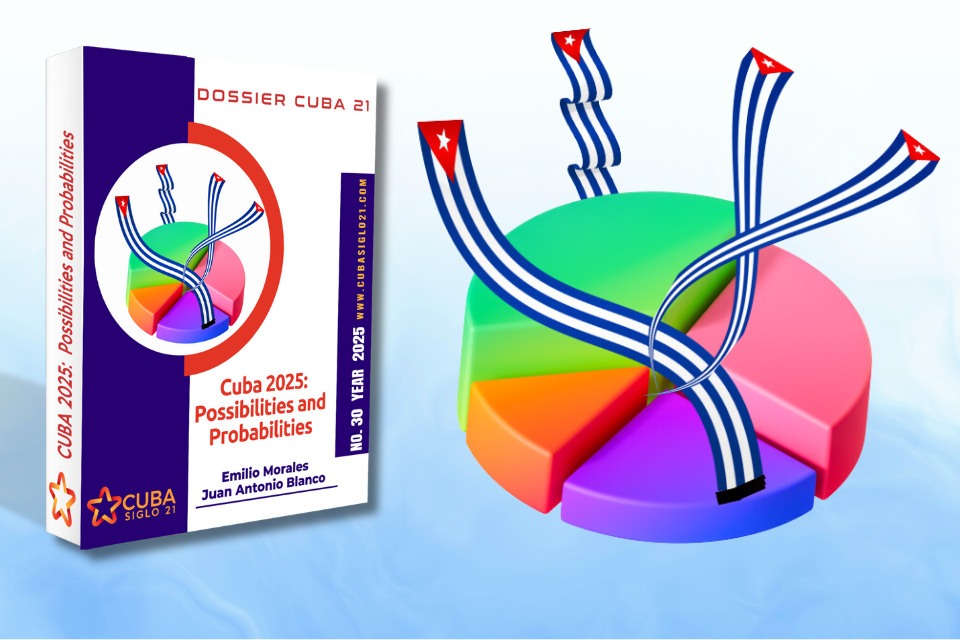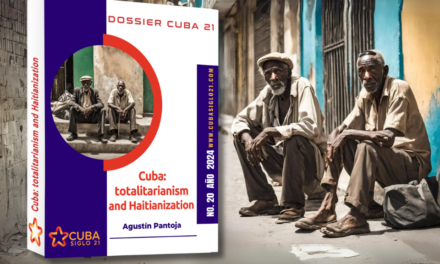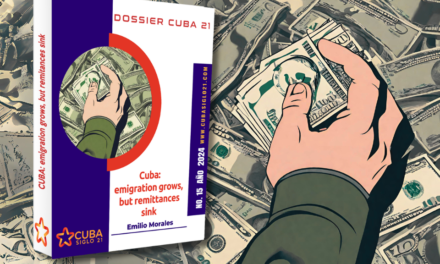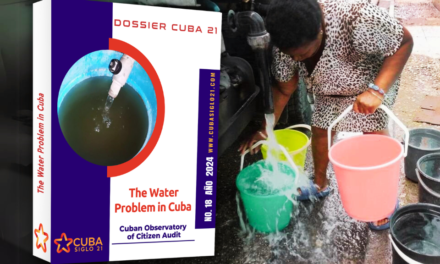Informe completo en español PDF
Complete Report in English PDF
“CUBA 2025: POSSIBILITIES AND PROBABILITIES” analyzes the turning point reached by the crisis affecting the island and, on that basis, identifies opportunities and challenges in 2025, concluding that regime changes is now possible even if not highly likely yet.
The report addresses, among many others, the following points:
2024: Summary of a disaster
The collapse of the Cuban system of governance is already evident. In 2024, the regime faced an unprecedented worsening of the multi-systemic crisis affecting it.
- Economic collapse: Industries are paralyzed, with significant drops in exports, remittance income, tourism and medical services. The external debt has reached unsustainable levels and its eventual restructuring with a group of creditors would not be enough to mitigate the problem of its financial insolvency.
- Social crisis: Shortages of food, medicines, drinking water and transportation; prolonged blackouts and massive emigration.
- Loss of income: A 70% drop in income over the last ten years, coupled with a weakening of support from allies such as Russia, China and Venezuela.
The result has been fragile governability, high levels of social discontent and a massive exodus of one million Cubans in the last three years.
Key players
- Power elite: Integrated by the Castro Clan who dominates GAESA, the MININT and the FAR, tries to maintain control through repression and oversees a government without the capacity to assume important autonomous initiatives.
- Opposition and civil society: They have increased their activity, although they lack effective coordination among themselves and a common roadmap.
- Citizenship: Protagonist of the protests since July 11, 2021, it shows resilience but lacks organization and a united programmatic projection.
- Diaspora: Has become a key economic actor, supporting close to 40% of the population with remittances, but apart from the political groups in exile, there are no mass organizations that articulate the totality of its members, their interests and visions.
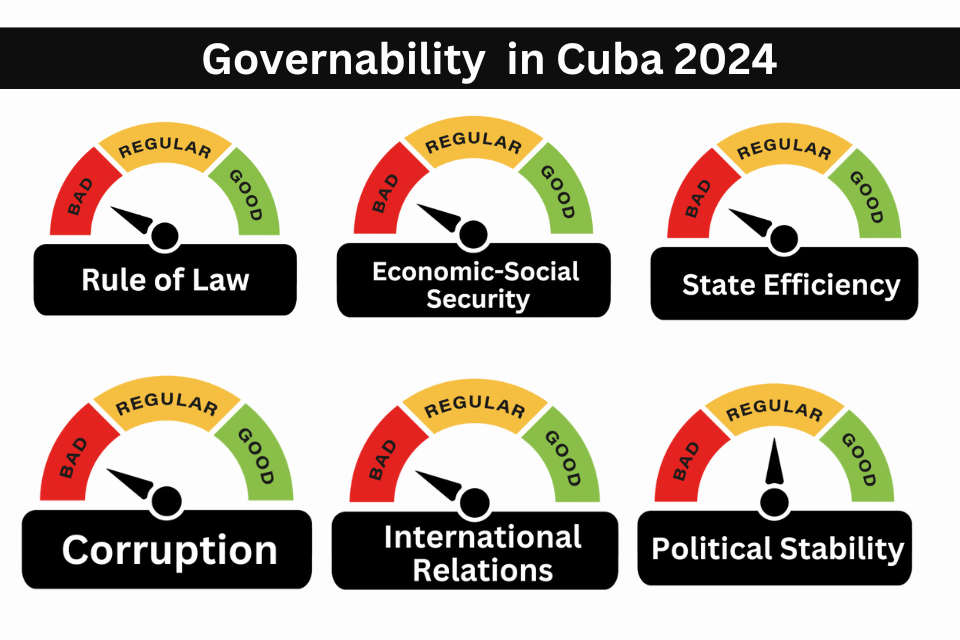
Governability indicators
Cuba Siglo 21 has selected six areas that reflect the collapse of the system of governance and the growth of the crisis of governability:
- Rule of law: BAD. A one-party system with massive repressions and no basic freedoms.
- Economic and social security: BAD. Uncontrolled inflation, massive poverty and a dollarized economy.
- State efficiency: BAD Collapsed basic services (food production, electricity, health, public health, public safety, transportation, water).
- Corruption: BAD. GAESA -with companies registered as corporations in Panama, bank accounts in tax havens and without being audited by Cuban institutions- controls more than 70% of the economy and 95% of the dollarized finances in an opaque system. To this great nucleus of corruption are added others that have emerged among civilian and bureaucratic elements.
- International relations: MAL. Isolation due to its persistence in actively belonging to alliances with authoritarian regimes and transnational organized crime actors.
- Political Stability. REGULAR. Popular protests are still insufficient for the loss of power by the government and the oligarchy that controls it. The configuration of an entity to lead the change with a program of demands shared by the population is absent -and this is the last hold of the elite’s political stability. If the persistent atomization of civil society organizations and demands is overcome, the fall of totalitarian political power, considered likely or “probable” in 2025, could become “very probable”.
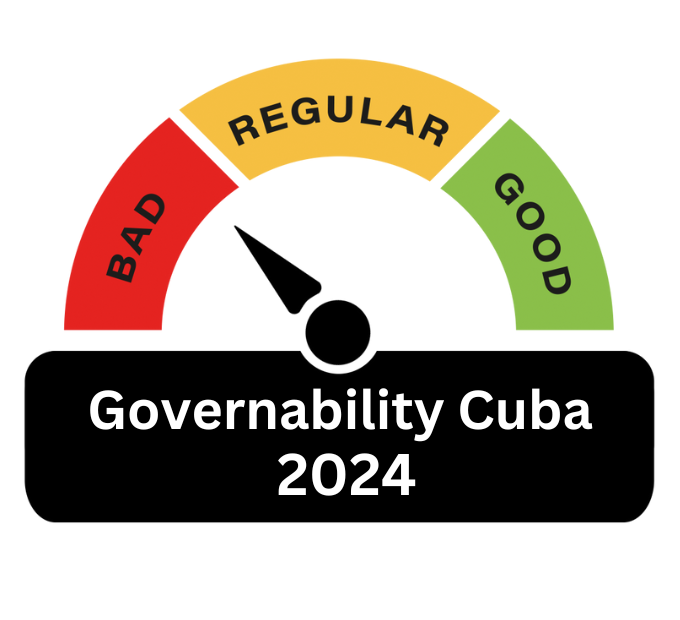
2025: Opportunities and challenges
The report identifies the negative picture described above, but also opportunities for significant change:
- Popular protests: They are likely to intensify, challenging the regime.
- Fragmentation of the elite: The eventual death of Raúl Castro, if finally occurs, could exacerbate the internal divisions that are already beginning to surface.
- International intervention: The Trump Administration could intensify pressure on the Cuban regime, considering sanctions and even possible surgical military action to deter and/or neutralize the state machinery of violence and genocide.
- Citizen mobilization: It needs a clear road map and coordinated leaders to consolidate change. If this challenge is overcome, the possibilities of a fall of the oligarchic power could go from probable to very probable.
International context
External factors could have a decisive influence:
- U.S.: A renewed regime change strategy under Trump could include sanctions and support for democratic movements that do not exclude surgical military action.
- Weakening of allies: Russia, China and Iran face their own crises, limiting their support capacity.
- Fall of like-minded regimes: The crisis in Venezuela and/or Cuba could trigger a domino effect in the region.
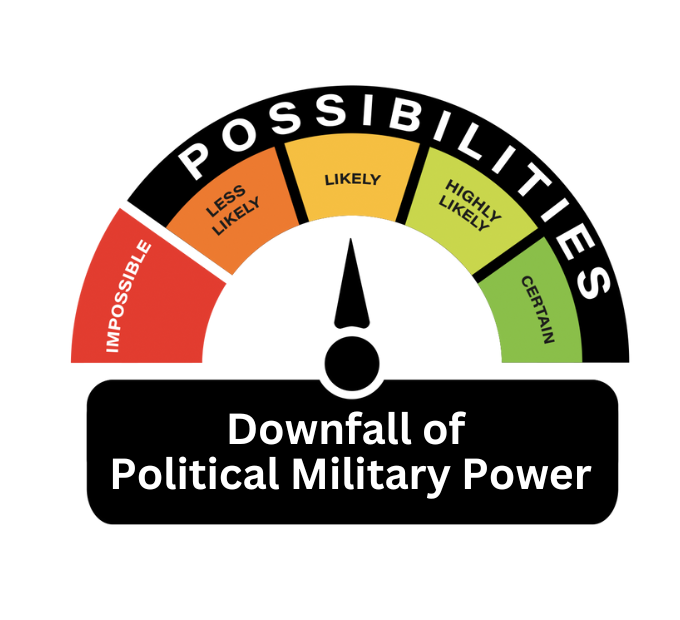
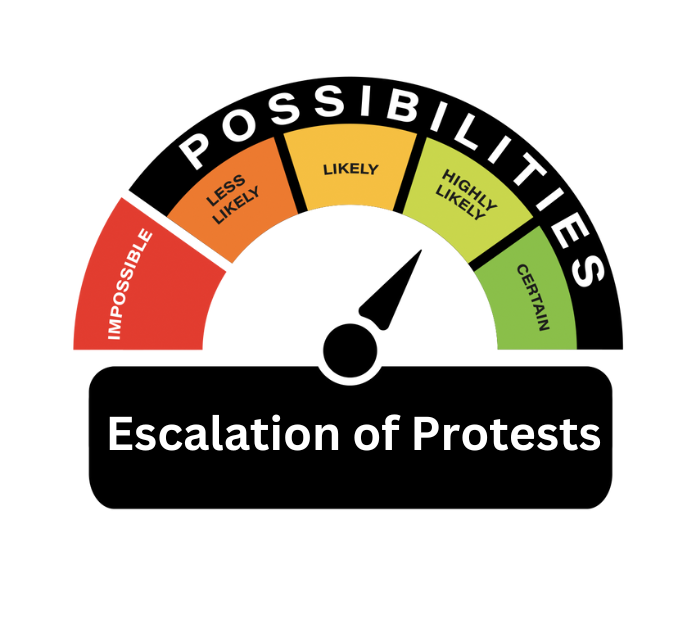
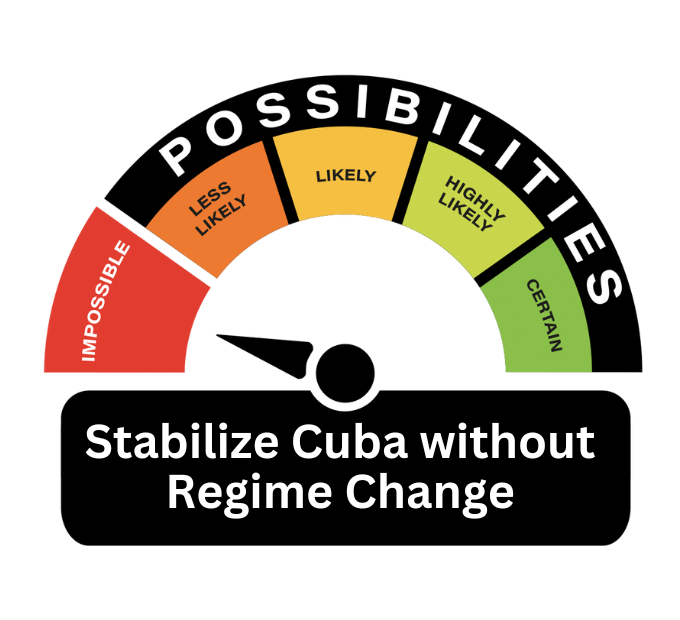
Conclusion
The report concludes that the Cuban regime is facing its most critical moment in just over six decades. While the power elite is losing ground, democratic forces have yet to agree on an effective strategy. Black swans” (unforeseen events) could accelerate inevitable change, but the direction it will take will depend on the ability of domestic and international actors to coordinate efforts and push for a transition to a democratic system.
In short, 2025 presents a historic juncture where what until recently was considered “impossible” is now possible and could even become reality if the necessary conditions are met.

